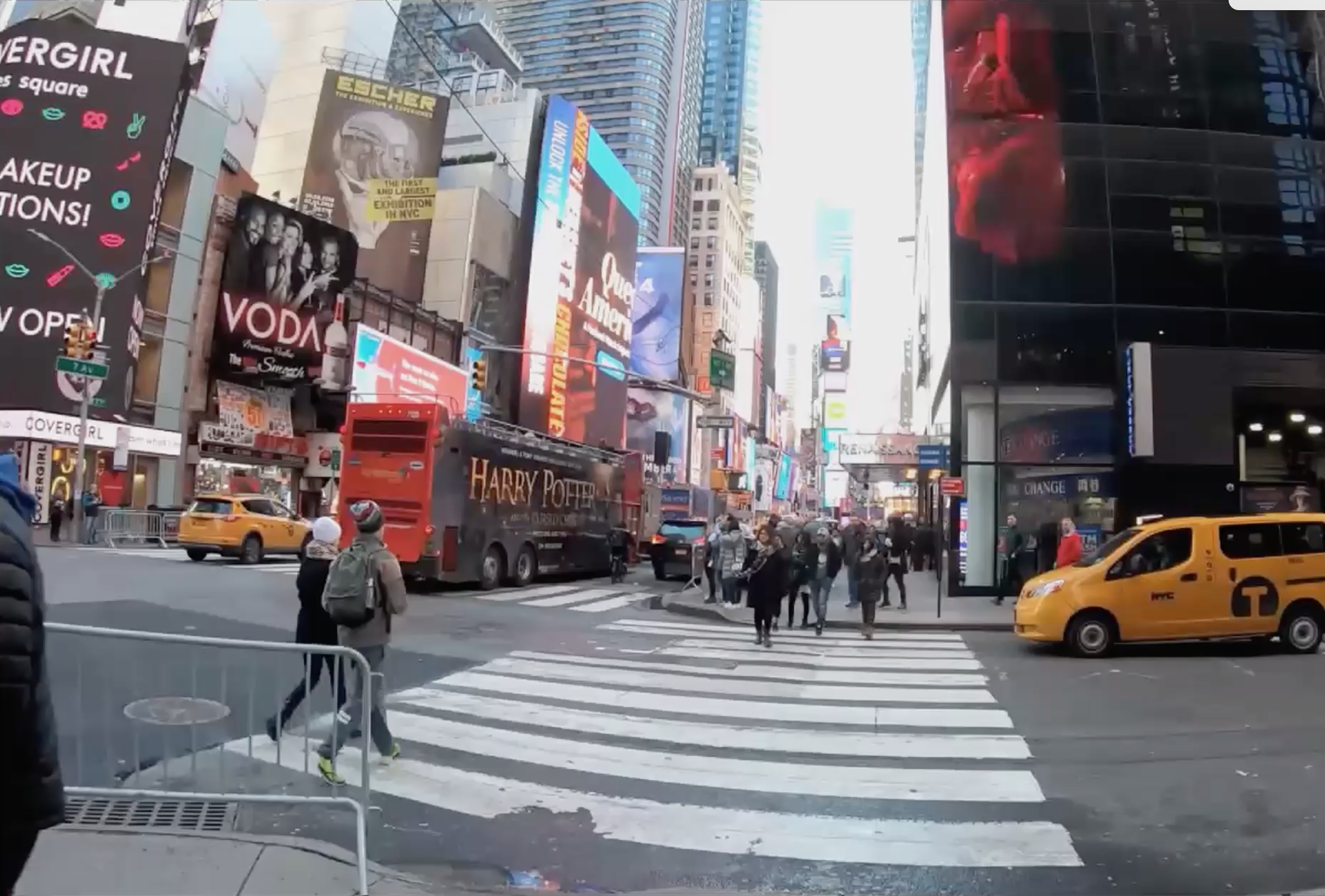Research tools
fMRI
functional Magnetic Resonance Imaging tracks which parts of the brain use more oxygenated blood at a given time.
MEG
When neurons fire they create electric currents. This produces the magnetic fields detected by Magnetoencephalography
Eye tracking
Humans move their eyes roughly every 200 milliseconds. We measure these eye movements, as well as changes in pupil size.
What we study
To get a better sense of the topics our lab is interested in, see below for a few sample presentations from the past years. They range from work on visual mental content, to motion interpolation, to statistical regularities and how they impact perception and memory. For more, you can check out our YouTube channel or list of publications.
The mystery of V1 & visual thoughts
Area V1 is the first cortical processing site of visual inputs. Nevertheless, people have repeatedly shown that this area is also involved when visual content is merely held in mind. Maria’s first PhD project centers on why this is the case, and after many years of hard work she presented her fascinating results at the Vision Sciences Society (VSS) conference in Florida. Spoiler alert: The answer has a lot to do with comparing mental contents to visual input! (May 2025)
Seeing into the future
From a bear catching a fish, to a tennis player hitting a ball – extrapolating the trajectory of a moving object it critical to know its future location. Giuliana presents possible computational mechanisms that underlie such motion extrapolation during her Vision Sciences Society (VSS) talk in sunny Florida (May 2025).
Behavior needs working memory
For many years, researchers have searched for the neural substrate of working memory storage. But what if instead of a single storage site, working memory depends on many cortical sites? In this talk for the Distributed Working Memory Series, Rosanne casts working memory as flexible cognitive resource that can be relocated and reformatted based on behavioral requirements. (June 2021)
Why does the tower of Pisa lean so much?
The visual world is full with orientations that outline objects. Many of them tend to be vertical (e.g. tall buildings, trees, etc.) and horizontal (e.g. tabletops, the horizon, etc.). When given the very simple task of replicating the orientation of a line, people’s responses are quite distorted around vertical and horizontal. Rosanne talks about such distortions, and how they are related, for the MSU Psychology brownbag (March 2021).
Perception & memory in sensory cortex
People often keep information in mind over brief delays to achieve behavioral goals. While summoning a mental image of your keys, or remembering a friend’s face, your eyes simultaneously sense the world around you. Rosanne describes how human visual cortex can represent both visual memories and ongoing visual inputs concurrently, for the Leibniz Research Centre for Working Environment & Human Factors. (February 2021)
Analysis choices matter…
…and the conclusions you can draw are constrained by analysis choices. On the flip-side, conclusions can be bolstered when outcomes hold across multiple datasets & levels of analysis. Polina elegantly demonstrates this point at her 2021 VSS poster, while also outlining the exact role of early visual cortex in visual working memory.








